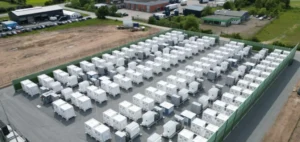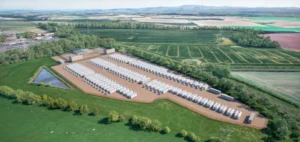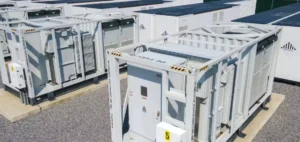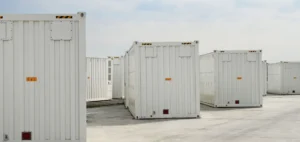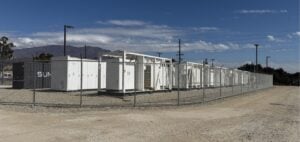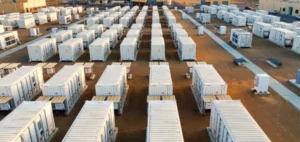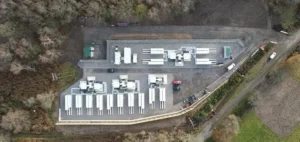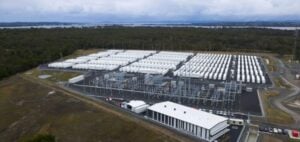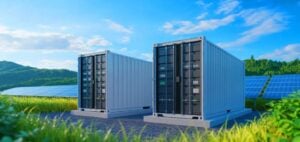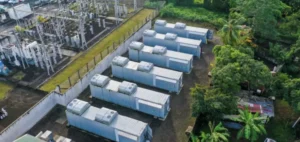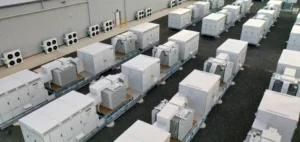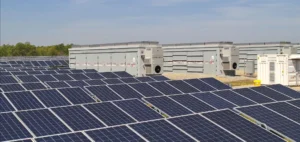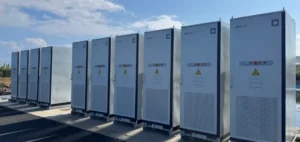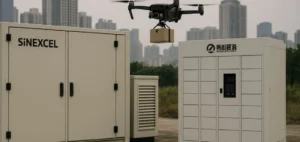Natron Energy is making a strategic investment of $1.4 billion to set up a sodium-ion battery plant in Edgecombe County, North Carolina.
This infrastructure is designed to increase the company’s current production capacity by a factor of forty, from 600 MW to 24 GW per year.
This substantial increase in capacity responds to the growing need to diversify energy storage sources, in the face of the dominance of lithium-ion technologies largely controlled by China.
Advantages of sodium-ion batteries
Although less energy-dense than their lithium counterparts, sodium-ion batteries are distinguished by the accessibility and availability of the abundant element sodium.
This technological choice not only reduces production costs, but also alleviates critical supply constraints in a context of fast-growing global demand.
By positioning itself in this alternative technology, Natron Energy is anticipating future challenges in the energy market, particularly those linked to securing supply chains for critical materials.
Economic support from North Carolina
North Carolina is actively supporting this project through significant economic incentives.
The state has granted potential repayments of up to $21.75 million over a 12-year period.
At the same time, Edgecombe County could benefit from a $30 million grant to improve local industrial infrastructure.
These measures illustrate the importance attached by the American authorities to the implementation of new energy technologies, essential for strengthening the country’s autonomy in this strategic sector.
Global battery market trends
The global battery market is evolving rapidly, with increasing attention being paid to lithium alternatives.
According to the International Energy Agency (IEA), although sodium-ion batteries are expected to represent a minority fraction of the electric vehicle market by 2030, their role in renewable energy storage is set to grow.
This trend reflects the need to adopt diversified solutions to ensure the global energy transition, reducing dependence on technologies dominated by a limited number of players.
Impact on US industry
Natron Energy’s decision to locate in North Carolina could mark a turning point for the American battery industry, by strengthening domestic supply and stimulating innovation in technologies less dependent on current global supply chains.
Beyond its local economic implications, the plant’s location also sends a strong signal to the global market, demonstrating the United States’ ability to innovate and invest massively in the technologies of tomorrow.



